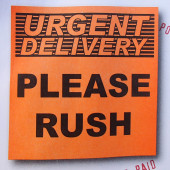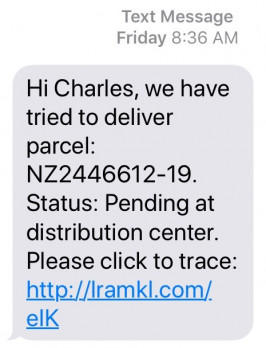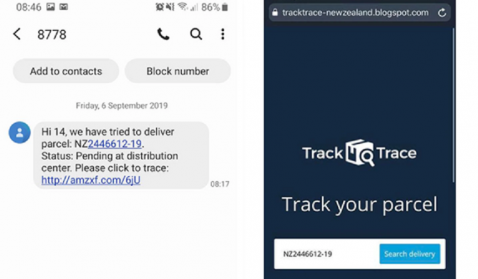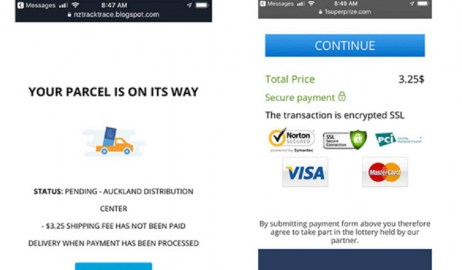Our website uses cookies so we can analyse our site usage and give you the best experience. Click "Accept" if you’re happy with this, or click "More" for information about cookies on our site, how to opt out, and how to disable cookies altogether.
We respect your Do Not Track preference.

I didn’t click on the link straight away. It smelled a bit fishy. It had come in a text message which said a delivery agent tried to deliver a parcel – specifically parcel NZ2446612-19.
Could it be one of my recent online shopping purchases? I clicked the link. It took me to a ‘track and trace’ webpage. It was asking me to pay $3.25 by clicking on another link to complete delivery.
 This is a plausible scam. The scammers knew my first name. They knew my mobile phone number. The chances are relatively high that I had made a recent online purchase and it was in transit to my address. The small amount outstanding also made the demand ‘less suspicious’. They weren’t asking for much - except my credit card information.
This is a plausible scam. The scammers knew my first name. They knew my mobile phone number. The chances are relatively high that I had made a recent online purchase and it was in transit to my address. The small amount outstanding also made the demand ‘less suspicious’. They weren’t asking for much - except my credit card information.
My suspicions aroused, I reported it to Netsafe. Was this a type of scam that other people received?
Caitlin at Netsafe emailed back promptly. It was an increasingly common type of scam. Scammers made contact at random in the hope that people would submit sensitive information in exchange for confirming fake deliveries or disputing fake charges.
It is a type of ‘phishing’ scam. These are commonly found in emails. Recent examples of phishing scams and their consequences can be found here and here.
In this case, the link has now expired. The scammers have moved on. But courtesy of this website, here’s what those links looked like when the scam targeted someone else.

Caitlin at Netsafe confirmed what I suspected. Scammers had moved to using text messages to try and push these scams. Most people trust text messages more than emails. It was also harder to see the full URL or web address when viewing web pages online to assess whether it was a scam or not.
The text had come from an SMS short code number. SMS short codes (3-6 digits in length) are the tool of many SMS marketing campaigns and they can be difficult to block. But depending on the model of phone, there would likely be built-in security which could be turned on. There were also several third-party security apps that could be found from the app store.

Caitlin thanked me for my report. “Reports like yours help us to identify emerging patterns, which we use to keep New Zealand internet users informed about scams and the ways they can protect themselves.”
If you receive one of these text messages, here’s what to do. Report it, delete it, and tell your friends and family about it. But don't fall for it.
Image credit: Urgent Delivery Please Rush by Judith E Bell via Flickr.
Back